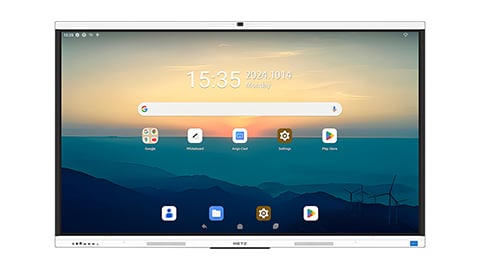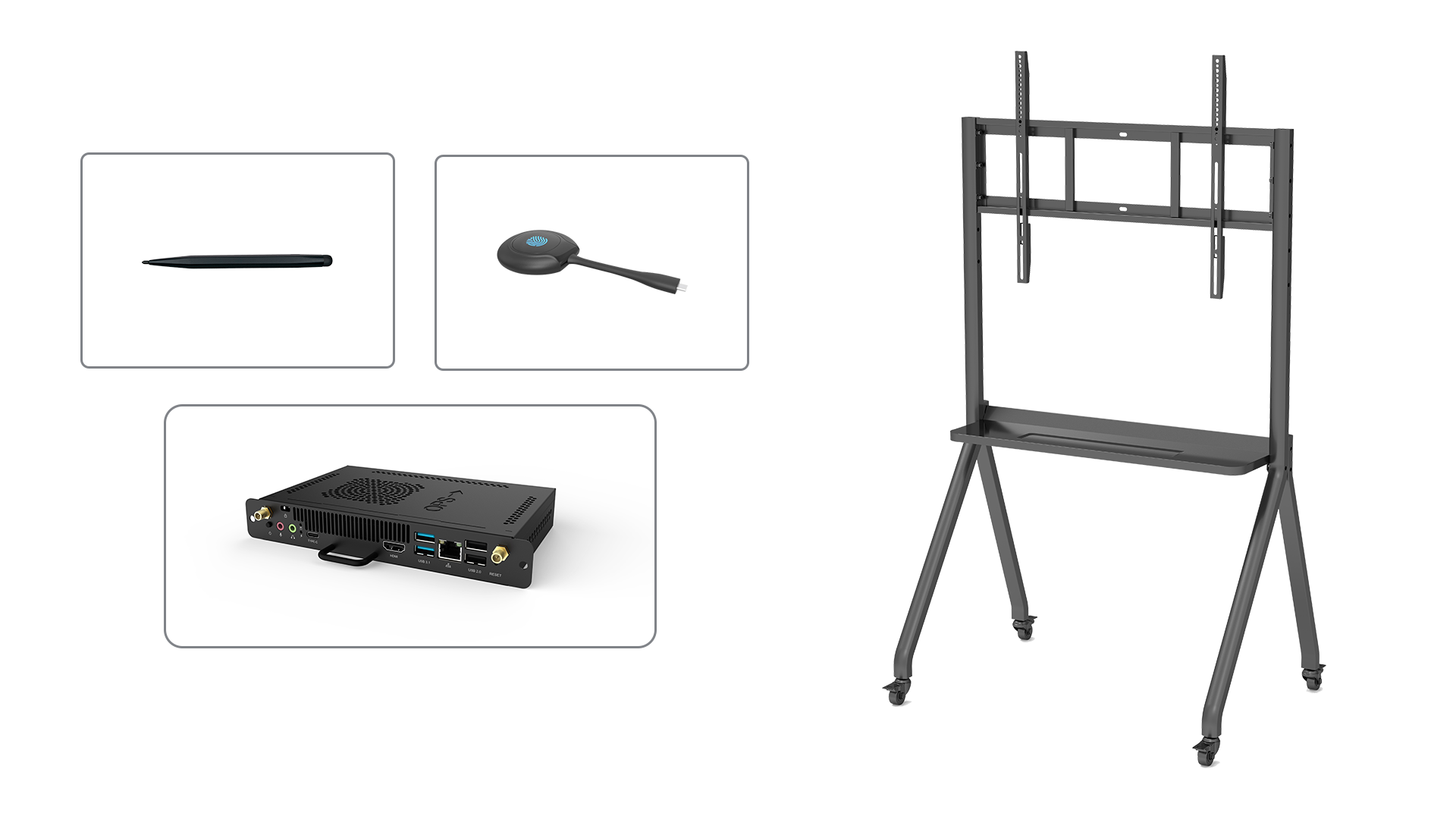1. Introducing the New Smartboard: Enhancing Classroom Learning
Smartboards have become an integral part of modern education, transforming traditional classrooms into interactive learning spaces. The new smartboard technologies offer a wide range of features and capabilities that revolutionize the way teachers teach and students learn. From increased interactivity to seamless integration with digital resources, these cutting-edge devices are shaping the future of education.
2. Advanced Touchscreen Technology: Intuitive and Responsive
One of the most remarkable aspects of the new smartboard is its advanced touchscreen technology. With highly responsive and intuitive touch capabilities, students can directly interact with the content displayed on the board. Whether it's drawing, writing, or manipulating objects, the new smartboard provides a seamless and immersive experience, enhancing student engagement and participation.
3. Wireless Connectivity: Collaborate and Share Effortlessly
Gone are the days of tangled wires and limited mobility. The new smartboard offers wireless connectivity, allowing teachers and students to connect their devices seamlessly. This enables effortless collaboration, as multiple users can interact with the board simultaneously. Whether it's sharing ideas, working on group projects, or conducting live demonstrations, the new smartboard fosters a collaborative learning environment.
4. Interactive Software: Unlocking Endless Possibilities
Accompanying the new smartboard is a suite of interactive software that opens up a world of possibilities for educators. These software applications provide access to a vast library of educational resources, including interactive lessons, quizzes, and simulations. Teachers can easily create custom content tailored to their curriculum and share them with their students. Moreover, the new smartboard software allows for real-time assessment and feedback, enabling personalized learning experiences.
5. Seamless Integration with Digital Devices: Bring Your Own Device (BYOD)
In today's digital age, students are increasingly using their own devices for learning. The new smartboard seamlessly integrates with various digital devices, including smartphones, tablets, and laptops. This allows students to interact with the board using their preferred devices, fostering a personalized learning experience. Teachers can also leverage this integration to incorporate multimedia elements into their lessons, making them more engaging and interactive.
6. Enhanced Accessibility Features: Catering to Diverse Learners
The new smartboard comes with enhanced accessibility features, ensuring that all students, regardless of their abilities, can fully participate in classroom activities. These features include text-to-speech functionality, visual aids, and customizable settings. By catering to the needs of diverse learners, the new smartboard promotes inclusive education and empowers every student to reach their full potential.
7. Intuitive User Interface: Easy to Learn, Easy to Use
Teachers often have limited time to familiarize themselves with new technologies. The new smartboard addresses this challenge by offering an intuitive user interface that is easy to learn and use. With minimal training, teachers can quickly navigate through the various features and tools, ensuring a smooth transition to this innovative teaching tool.
8. Durability and Longevity: Investing in the Future
When it comes to educational technology, durability is a key consideration. The new smartboard is designed to withstand the rigors of daily classroom use, ensuring its longevity. With robust construction and quality materials, these boards offer a reliable and long-lasting solution for schools and institutions looking to invest in the future of education.
9. Cost-Effective Solution: Saving Resources in the Long Run
While the initial investment in new smartboards may seem significant, they offer a cost-effective solution in the long run. By eliminating the need for traditional teaching aids such as whiteboards, projectors, and printed materials, schools can save on recurring expenses. Additionally, the new smartboards promote paperless classrooms, reducing the environmental impact and saving valuable resources.
10. Future Trends and Innovations: What Lies Ahead
The new smartboard technology is constantly evolving, and the future holds even more exciting possibilities. Emerging trends include augmented reality (AR) and virtual reality (VR) integration, allowing students to explore immersive educational experiences. Furthermore, advancements in artificial intelligence (AI) may enable smartboards to adapt and personalize content based on individual student needs. As technology continues to advance, the new smartboard will continue to shape the future of education.






